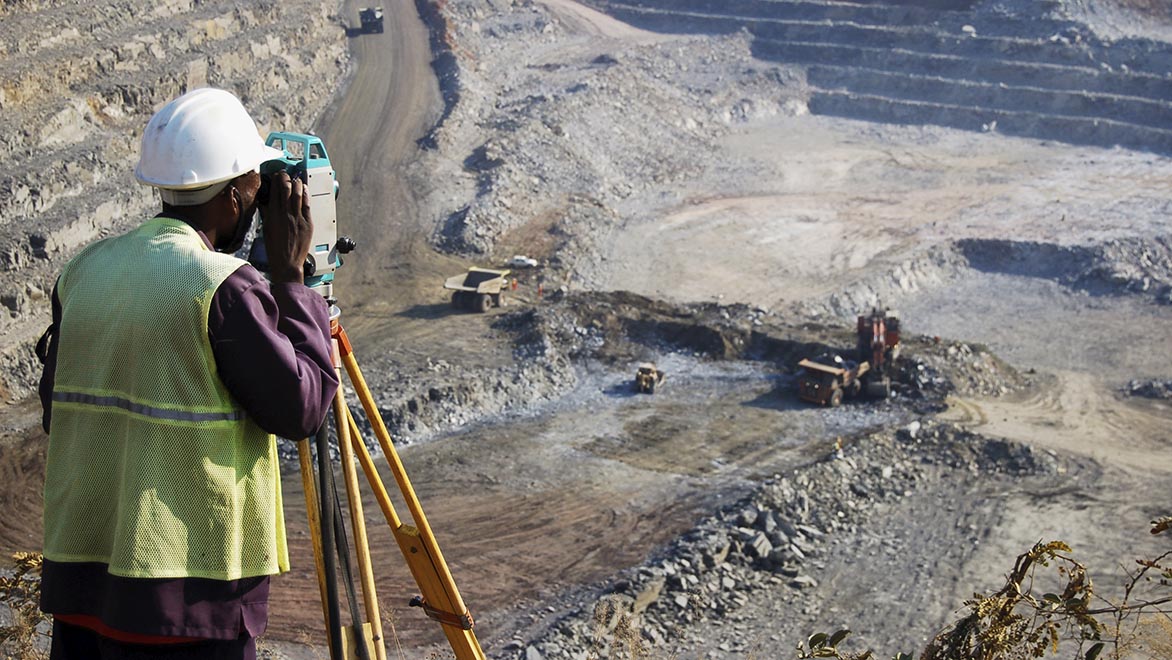All about Geotechnical Engineering For Construction Projects
Wiki Article
Geotechnical Engineering For Construction Projects - The Facts
Table of ContentsGetting My Geotechnical Engineering For Construction Projects To WorkThe 8-Minute Rule for Geotechnical Engineering For Construction ProjectsAll About Geotechnical Engineering For Construction ProjectsThe 7-Minute Rule for Geotechnical Engineering For Construction ProjectsNot known Incorrect Statements About Geotechnical Engineering For Construction Projects The Buzz on Geotechnical Engineering For Construction Projects
The function of geotechnical engineering dramatically handles recognizing the functions of dirt and rock, which may differ substantially by their thickness, dampness web content etc. These functions have to be taken a look at by geotechnical designers to forecast their activities under numerous conditions. The safety and security along with security of frameworks are affected by dirt problems, making this evaluation essential., in addition to exactly how they interact with constructions that have actually been erected on or within them, is one of the key descriptions for why geotechnical engineering is essential.
In enhancement to structural planning and construction, geotechnical engineering is additionally crucial to the reconstruction and maintenance of pre-existing frameworks. Age-related deterioration or additional problems might affect a structure's stability and performance. Ecological defense is achieved with geotechnical engineering. Know-how in air, water, and dirt top quality upkeep is used by geotechnical engineers to minimize the unfavorable impacts of projects.
To sum up, geotechnical engineering is an essential technique that preserves the strength and stability of civil infrastructure. Geotechnical designers contribute to making structure jobs reliable all over the world by comprehending the behaviour of planet products and using appropriate preparation approaches.
Examine This Report on Geotechnical Engineering For Construction Projects
By taking a look at dirt, rock, and subsurface problems, geotechnical engineers offer vital insights that assist in the design, building and construction, and upkeep of structures and facilities.
Geotechnical Engineering For Construction Projects Things To Know Before You Get This
Lab screening: Identifying the residential properties of dirt and rock. Field screening: Carrying out tests on-site to analyze problems. Analysis and design: Utilizing information to make structures, preserving walls, tunnels, and other frameworks. A number of top-level construction tasks have effectively made use of geotechnical design to guarantee their stability and safety and security. :: The world's highest building needed a deep understanding of the underlying geology.
As a leader in geotechnical design, BECC Inc. is dedicated to providing innovative and effective options that satisfy the highest possible standards of top quality and security. For additional information on how BECC Inc. can support your following construction job, call us today and allow us help you improve strong ground.
William Rankine, an engineer and physicist, developed an alternative to Coulomb's planet stress theory. Albert Atterberg established the clay uniformity indices that are still used today for soil category. In 1885, Osborne Reynolds acknowledged that shearing reasons volumetric extension of dense products and contraction of loose granular products. Modern geotechnical engineering is claimed to have begun in 1925 with the magazine of Erdbaumechanik by Karl von Terzaghi, a mechanical engineer and geologist.
Geotechnical Engineering For Construction Projects for Beginners
Terzaghi likewise established the structure for theories of birthing capability of structures, and the theory for prediction of the price of negotiation of clay layers as a result of consolidation. After that, Maurice Biot totally developed the three-dimensional dirt loan consolidation theory, prolonging the one-dimensional design formerly developed by Terzaghi to much more basic hypotheses and presenting the set of standard equations of Poroelasticity.Geotechnical engineers explore and establish the residential or commercial properties of subsurface problems and products. They also make corresponding earthworks and maintaining structures, tunnels, and structure foundations, and may manage and examine websites, which might further involve site tracking as well as the danger evaluation and mitigation of all-natural risks - Geotechnical Engineering for Construction Projects. Geotechnical designers and engineering geologists perform geotechnical investigations to obtain details on the physical properties of soil and rock hidden and beside a website to design earthworks and foundations for recommended frameworks and for the repair of distress to earthworks and frameworks triggered by subsurface problems.
Some Known Questions About Geotechnical Engineering For Construction Projects.
Geologic mapping and analysis of geomorphology are typically finished in consultation with a rock hound or design rock hound. Subsurface expedition normally includes in-situ screening (as an example, the conventional infiltration test and cone infiltration examination). The excavating of test pits and trenching (especially for locating mistakes and slide airplanes) might also be made use of to learn concerning dirt conditions at deepness. Still, they are occasionally utilized to permit a rock hound or engineer to be decreased into the borehole for straight visual and manual evaluation of the soil and rock stratigraphy. Various dirt samplers exist to satisfy the demands of various design projects. The conventional infiltration test, which utilizes a thick-walled split spoon sampler, is the most typical means to accumulate disrupted examples.

Generally, the user interface's precise geometry is unidentified, and a streamlined interface geometry is presumed. Finite inclines need three-dimensional designs to be evaluated, so most slopes you can check here are evaluated assuming that they are infinitely wide and can be stood for by two-dimensional versions.
The Buzz on Geotechnical Engineering For Construction Projects
The empirical approach may be referred to as follows: General expedition sufficient to develop the harsh nature, pattern, and residential or commercial properties of deposits. Assessment of one of the most potential problems and the most undesirable conceivable discrepancies. Developing the layout based upon a working hypothesis of habits prepared for under one of the most potential conditions. Choice of amounts to be observed as construction profits and calculating their prepared for worths based upon the working theory under the most unfavorable conditions.Dimension of amounts and assessment of real conditions. Design modification per actual problems The empirical method is appropriate for construction that dig this has actually currently started when an unexpected development happens or when a failing or mishap looms or has actually currently occurred. It is improper for tasks whose style can not be changed throughout construction.
Report this wiki page